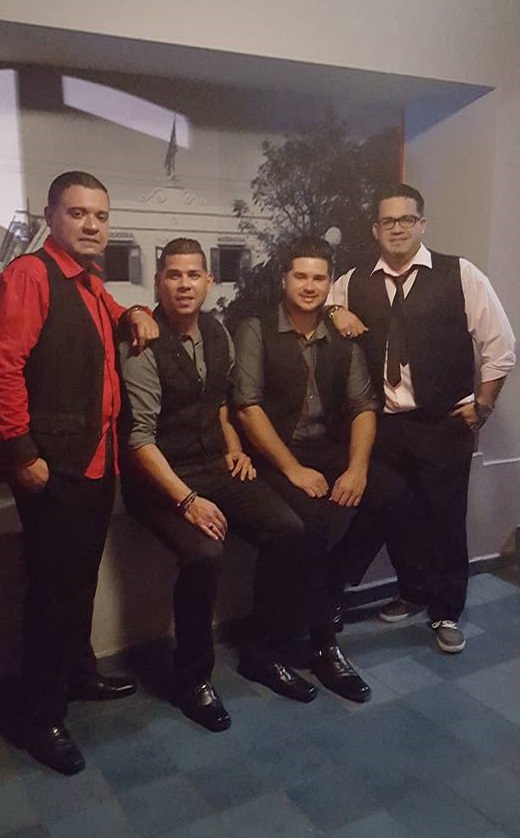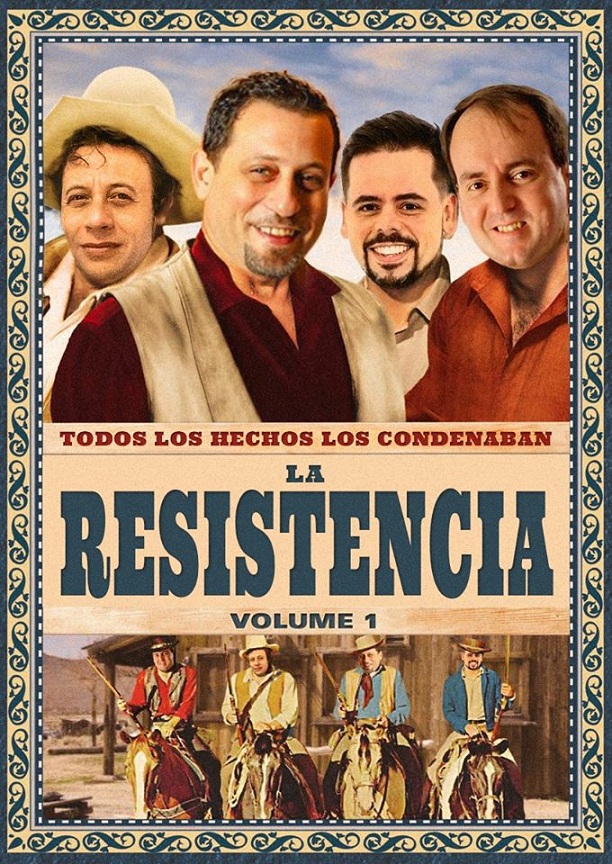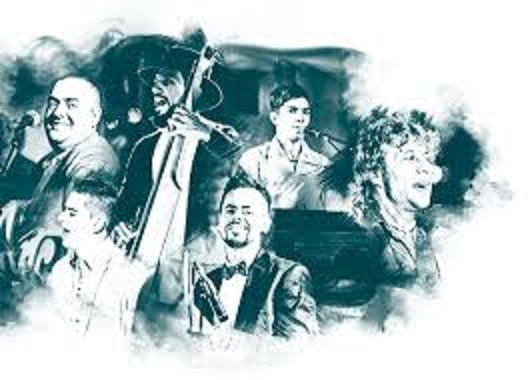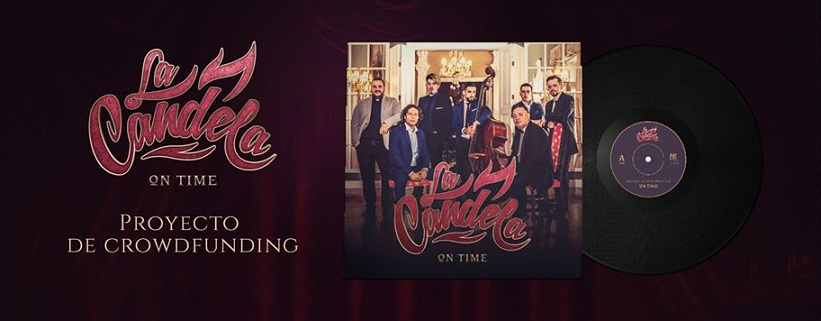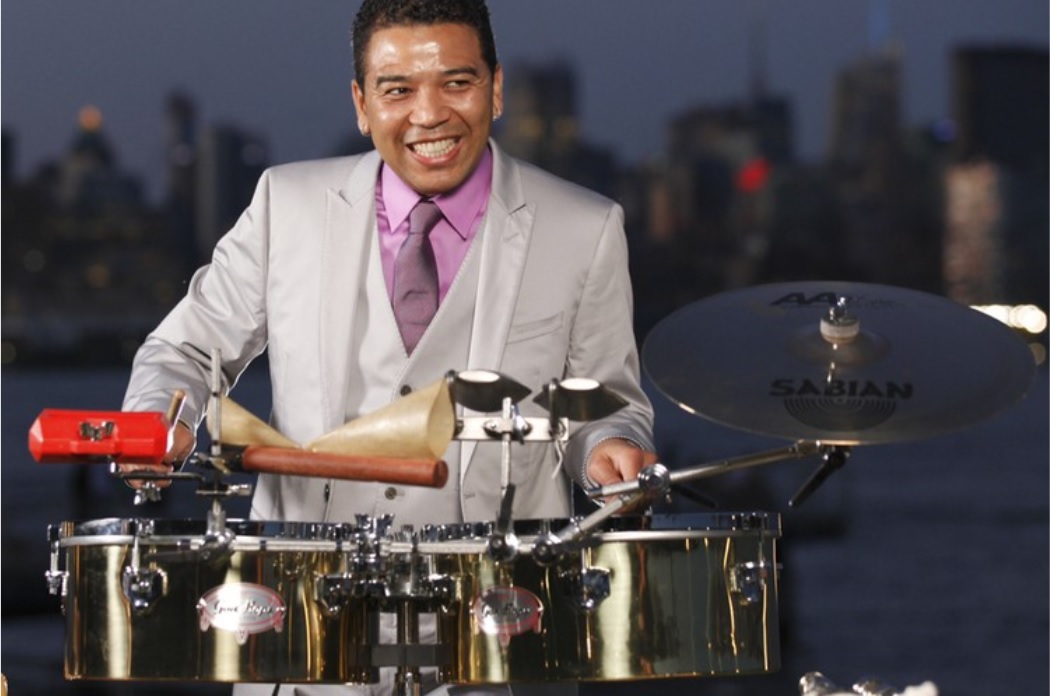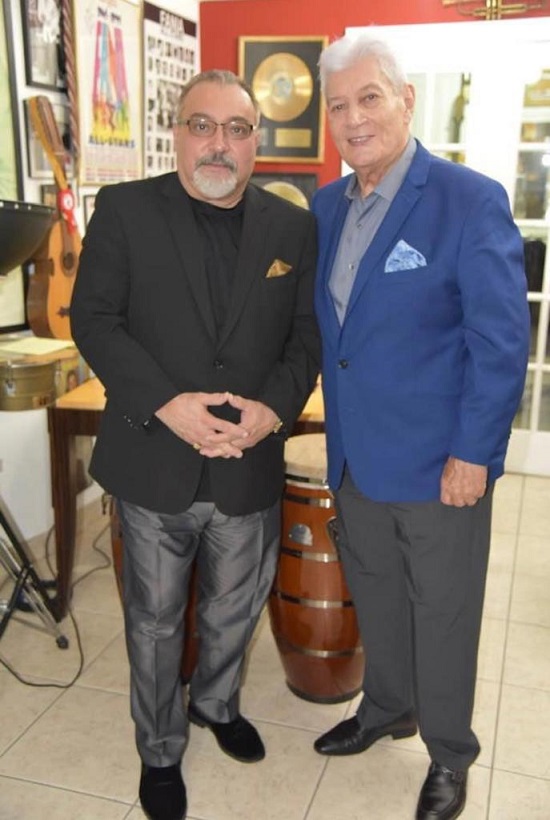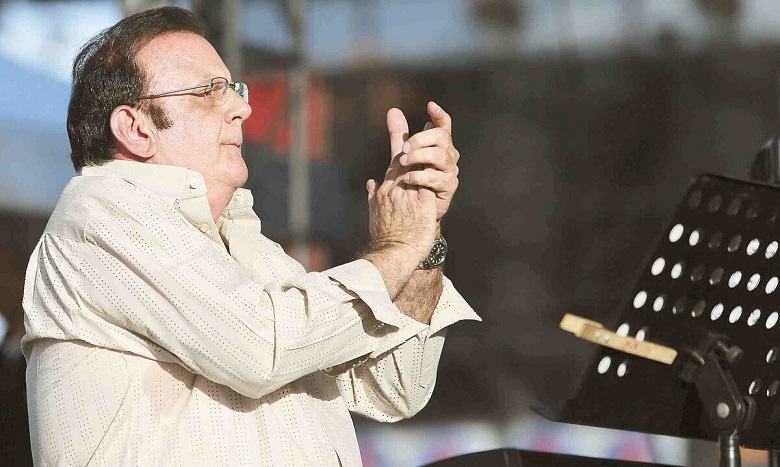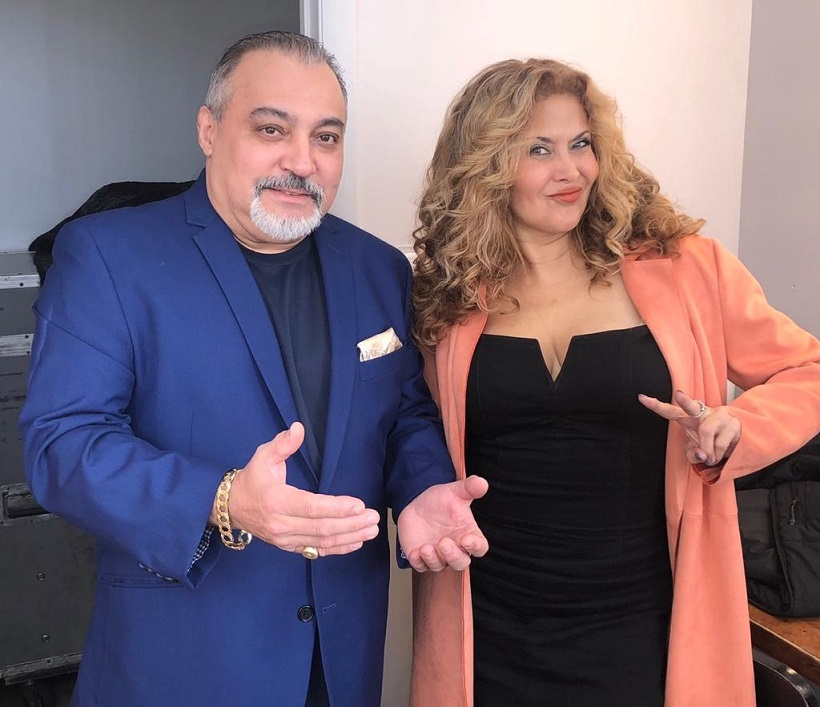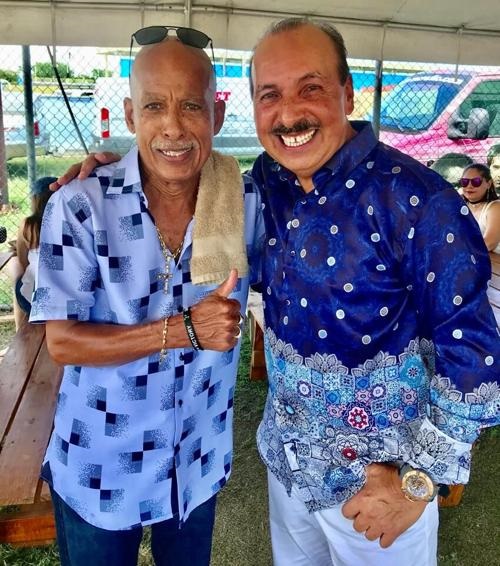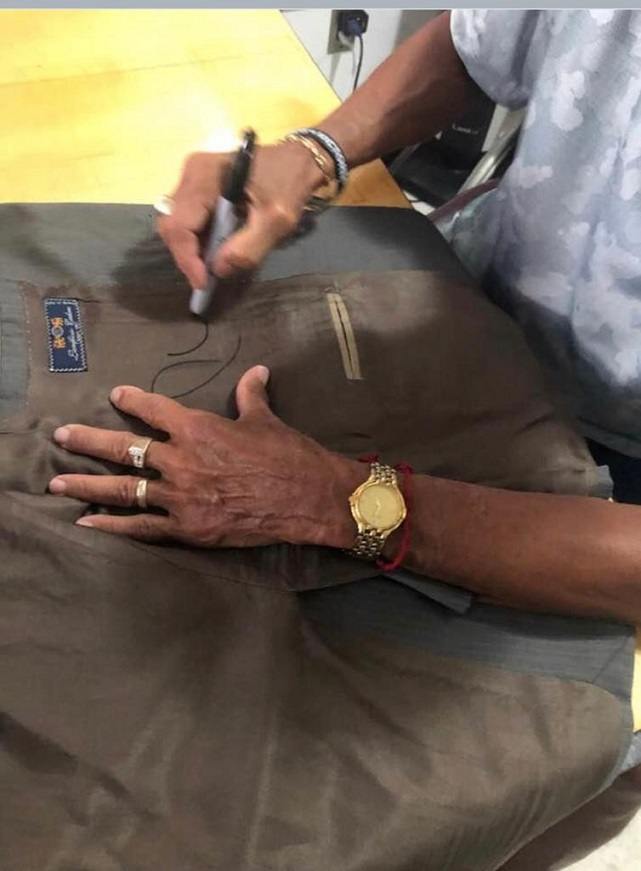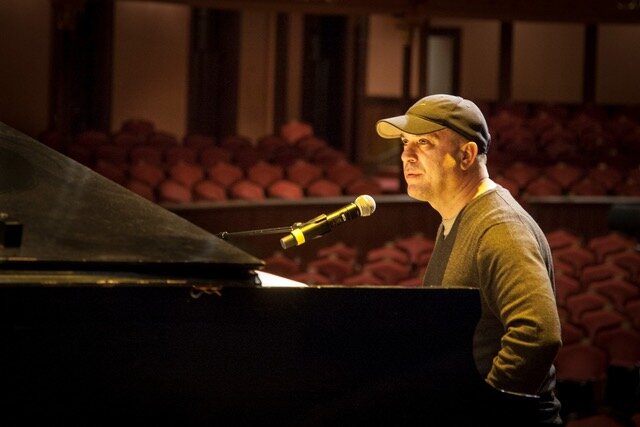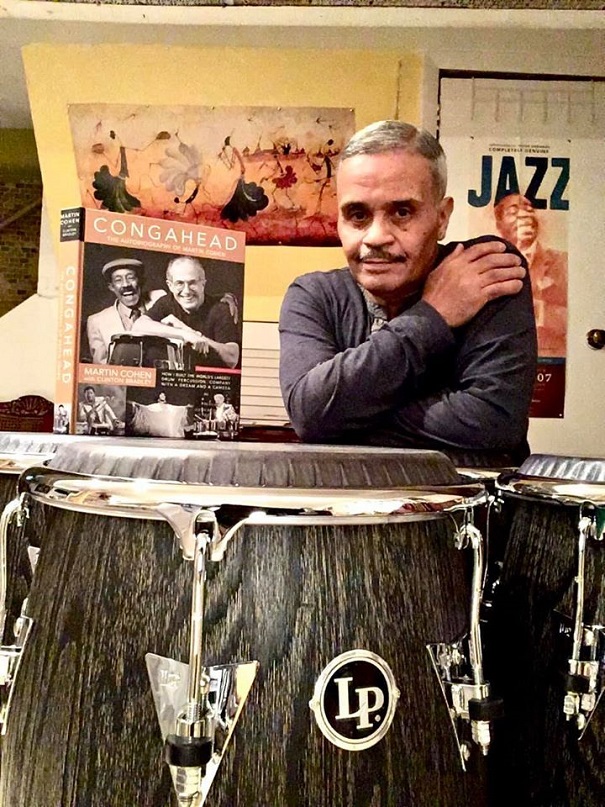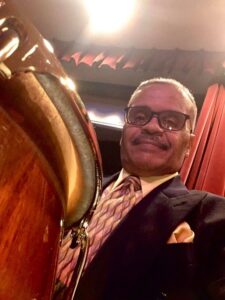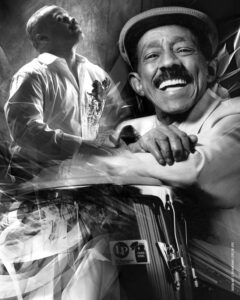Eduardo Zayas fell in love with salsa during his sister’s Quinceañero and for the first time listened to the albums of the Fania Stars
Eduardo Zayas was born in the 1960s, a time of turmoil and conflict in our Nation.
Born in Ponce Puerto Rico and raised in the town of poets, Juana Díaz. He fell in love with salsa during his sister’s Quinceañero, when he first heard the Fania Stars records. From that moment he grew in a fascination for that hot music.
He completed his basic education in his longed-for town of Juana Díaz where he graduated from Luis Llorens Torres High School. “I study psychology at the Inter-American University in Ponce Puerto Rico”
The 70s were his greatest influence while growing up on the same street where the family of the great Tito Gómez lived, as well as other great musicians such as Héctor Tricoche.
During that period, rumbones were found on every corner.
Since childhood he was inclined to write poetry and shared his creations with family, friends and teachers.
At an early age he had the opportunity to write a poem and recite it on local radio.
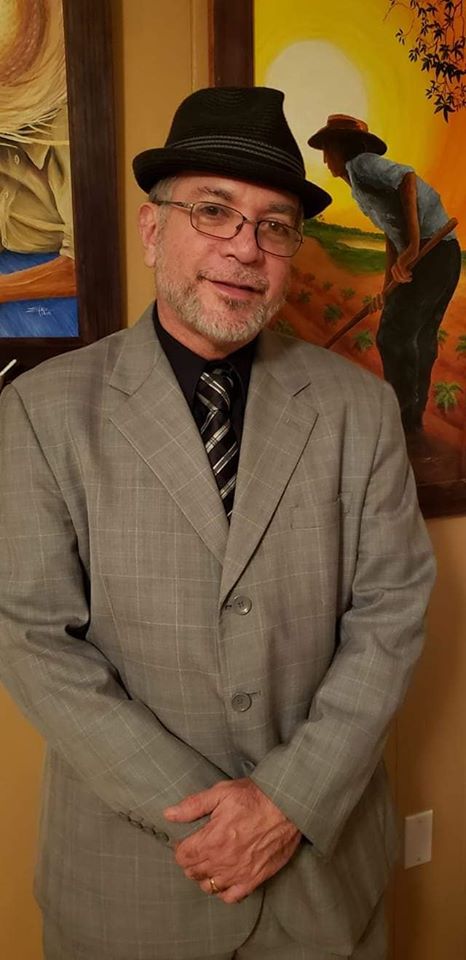
While studying at the University; His interest in traveling and learning about new things motivated him to enlist in the American military service where he served for 26 years in different military branches until his retirement in 2007.
In those years he had the opportunity to visit many places and observe many experiences and events that fed his muse.
He was fortunate that his last military station was the beautiful island of Hawaii where he worked as a counselor for the military organization in cases involving discrimination issues and organizing educational and cultural events.
During that period he had the opportunity to demonstrate his poetic abilities by writing poems and works for his events.
Upon retirement in 2007, he was fortunate to be selected to work as a civilian employee with the United States Government Federal Service in Washington DC.
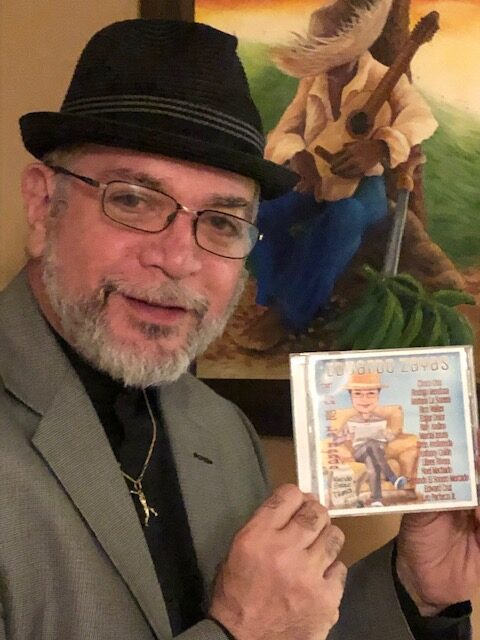
Eduardo began writing songs since his early years in the military.
His love for music is so great that he has continued to write songs and had the opportunity in 2019 to produce his own musical production “Nacido Entre Titanes” with a great cast of musicians and singers.
All the songs in his productions are his own, until now some of his songs have been recorded by other artists such as Julita Stephens, Iván Montero and Awilda Hernández.
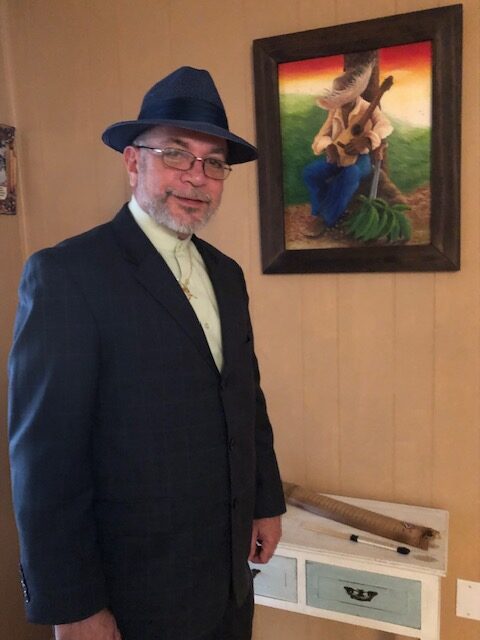
Others are soon to leave, their music is based on personal experiences and observations of events throughout their lives, their themes carry messages for reflection.
He feels the great purpose of his work is to be able to create good music and bring joy and positive messages to dancers and those who like to listen to great quality.
We are in Salsa!!!

Discography of Eduardo Zayas

